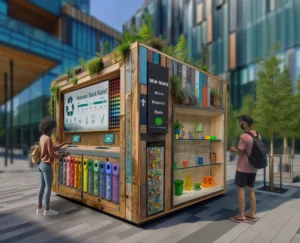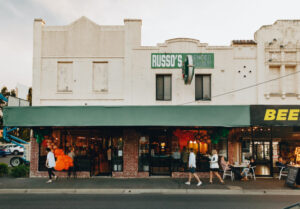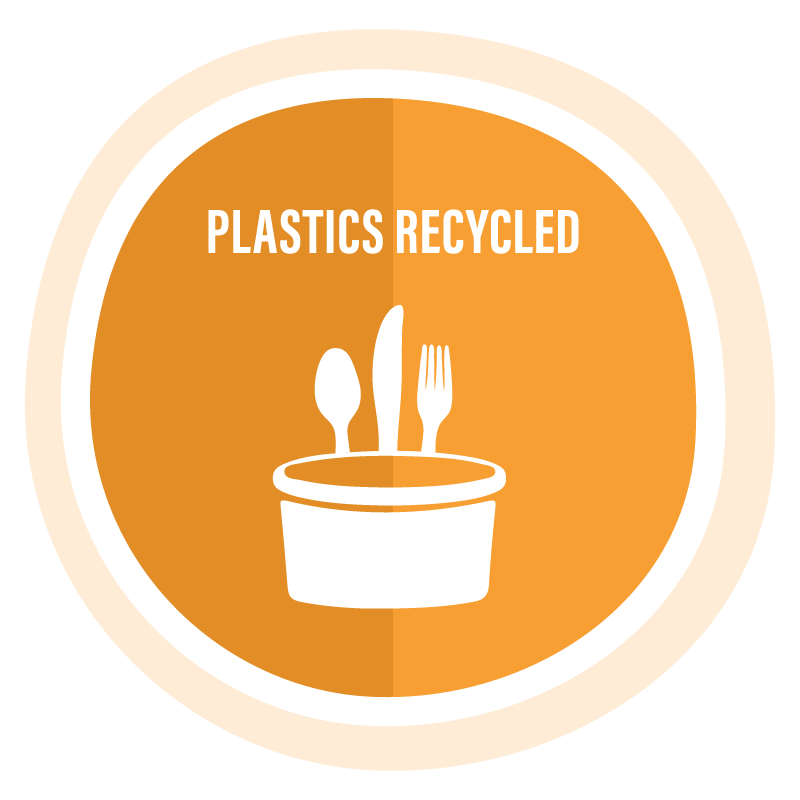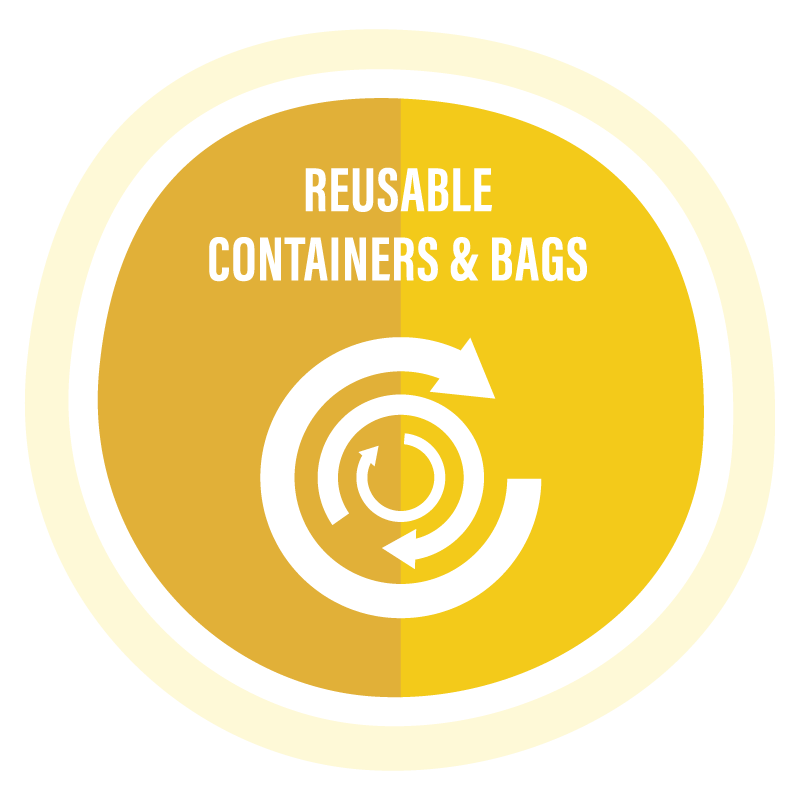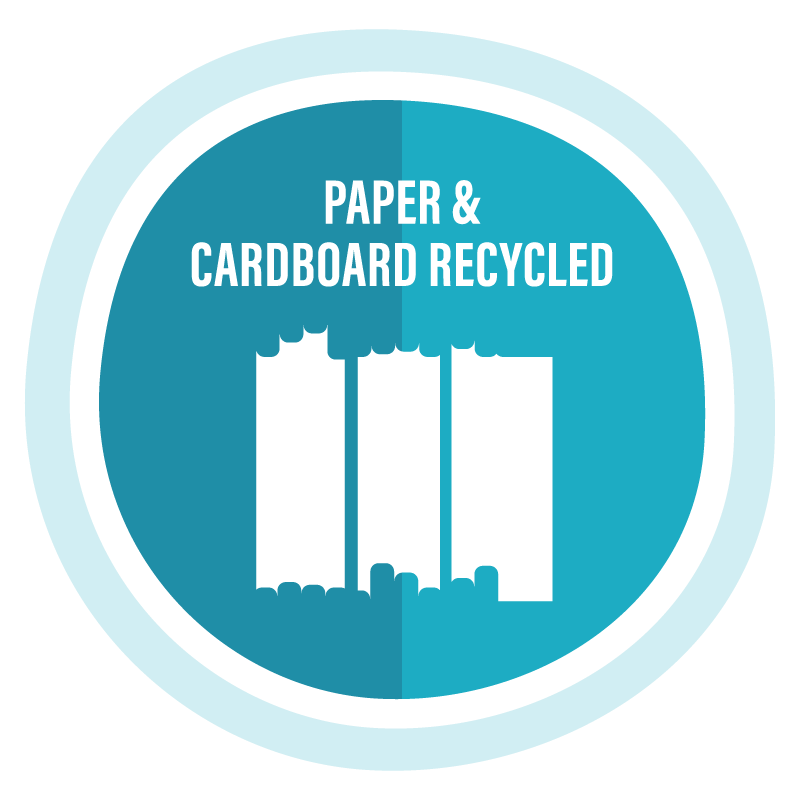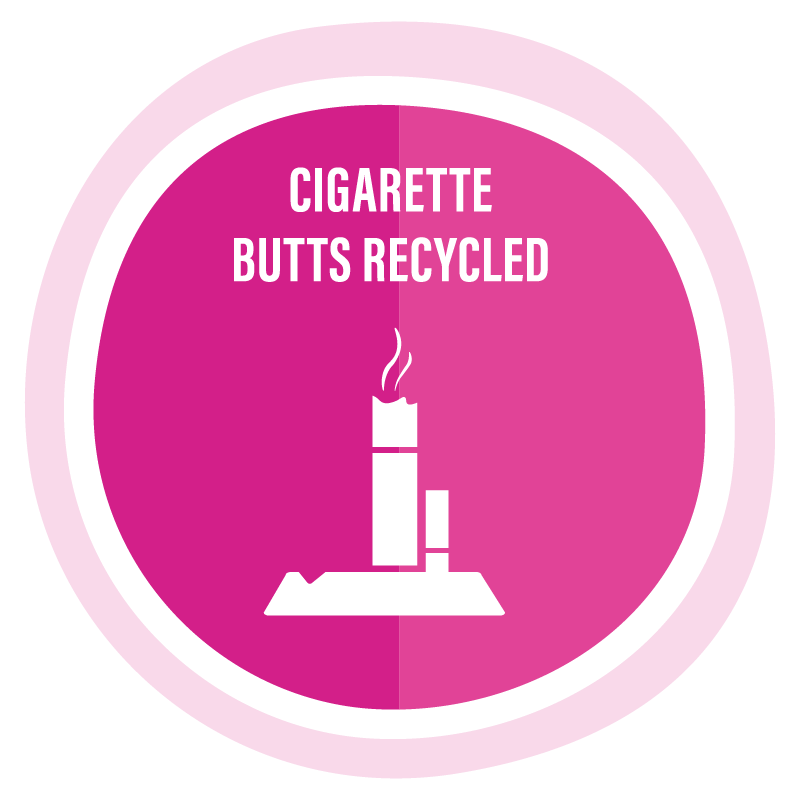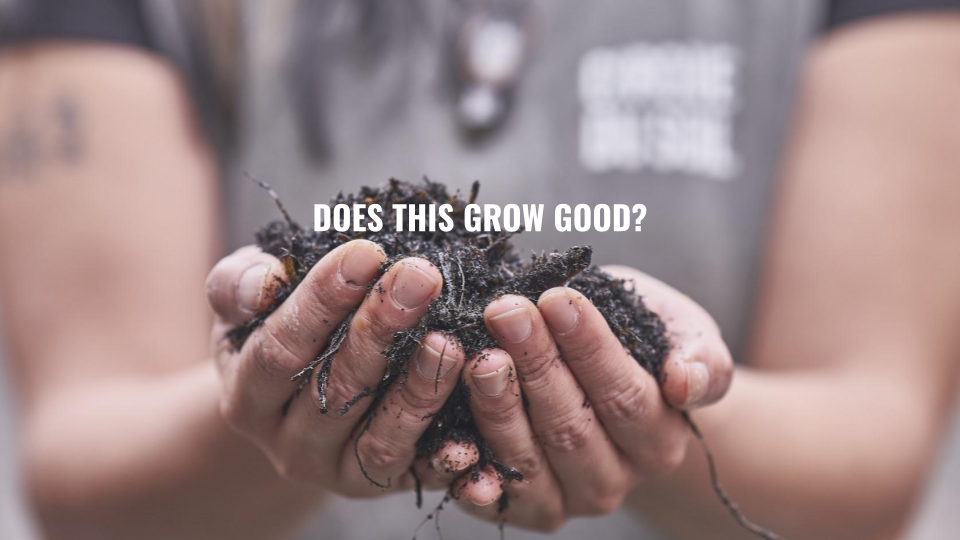
Sometime in December 2021, we received a surprise email from Sustainability Victoria with news that we were one of six successful projects awarded a Recycling Victoria Organics grant. It was massive news, not just because we were a startup, but also that we had poured blood, sweat, tears and 300 collective grant writing hours across our team alone (not including partner contributions) that very year with a roller coaster of yes’s and no’s.
Many of us have sampled composted outputs from our community compost program informally in local community gardens, balconies and our front and backyards (my backyard veggies look and taste AMAZING!) but it’s not backed up with some hard science, now, is it?
This grant is one of the missing keys in our strategic goals to closing the loop on establishing a hyperlocal food to waste to plate cycle, all within a 5km radius. We can finally explore some unanswered questions around high volume food recycling technology systems that we weren’t able to initially validate without our own independent research trials.
Why are we doing this?
Let’s talk about some key stats that are seemingly non related, but when seen as a whole food ecosystems issue and clarifies why this needs to happen:
- By 2050, 80% of the world’s population will live in urban areas. This comes with major risks – habitat and biodiversity loss is increasing exponentially as urban centres of consumption continue to rise.
- Alarmingly, the proportion of residents who reported experiencing food insecurity has increased from 25.8 per cent in 2019 to 32.9 per cent in 2020.
- Meanwhile, 5.4 million tonnes of fertiliser is sold in Australia annually, with approximately 50% is imported from overseas.
- Over 400,000 tonnes of food waste in landfill originates from households, in Victoria alone.
- For the retail and hospitality sector, organic waste can be as much as 4.5 tonnes per employee per year, and around 78 per cent of total waste to landfill.
- In Victoria each year we recover approximately 31,000 tonnes of food waste. While this is a significant amount, it represents only three per cent of the total tonnage of food waste generated each year.
With those mindblowing facts in mind, we proposed to undertake rigorous soil and plant testing trials from food recycling technology across multiple urban environments, to see if there was viability in making fertiliser products derived from high street food waste collected from our Community Compost Collective (Yes – This includes your $17.90 avocado toast brekkies!) and to better understand the viability of food waste outputs from food recycling machines across a range of typical urban environments.
It’s early days yet, but in joint partnership with Sustainability Victoria, RMIT Stem College and Maze Products, and collaborators Green Eco Tech and Eco Guardian, we officially kicked off plant trials in July 2022 with a projected completion date for Jan 2024, with an end vision to utilise our R&D time to create a truly micro-looped fertiliser made from your local high street waste.
Read all about it on Sustainability Victoria’s website here.

